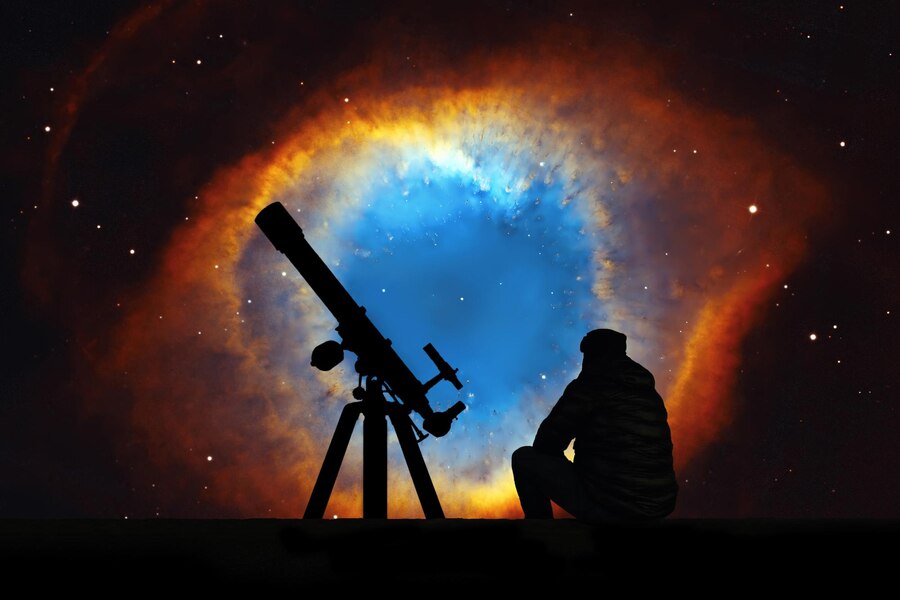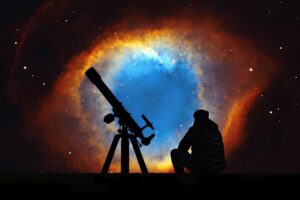There’s always something incredibly new to see in space—and a telescope can assist you in making the most of the experience. Many effects are as unique as being under a clear night sky, gazing up, and looking at a seemingly infinite array of stars overhead. Astrophotography is a fascinating hobby that consents to you to capture striking images of the night sky into curiosity, and using a good telescope can change the approach you photograph stars, planets, and other celestial bodies. The best telescopes are designed to carry astronomers to the heavens, aiding with stargazing and taking glorious galaxies, nebulas, planets, and other deep-sky objects to our eyes in unparalleled depth and detail. Also, take into new worlds beyond what can be seen with the naked eye; they’re perfect for stargazing enthusiasts and those who want to capture the cosmos with their cameras.
Coming to buying persona well depends a lot on your experience level. If you’re a beginner, we recommend locating your sights on an inclusive package that lets you try a bit of all, from general observing to focal astrophotography. These apparatus often come with a tripod, mount, eyepieces, finder scope, and a smartphone adapter.
If your needs are, to some extent, more advanced, consider whether you’re a deep-sky or Solar System imager. The aperture (or objective lens) of the telescope will guide you on whether it’s proficient in capturing ‘faint fuzzies’ or just enough to make the planets and lunar surface burst pop.
Luckily, there are so many significant options for the best telescope for astrophotography that users are often spoilt for choice. This means you can determine which invention will work best for you and your needs.
So whether you’re a beginner searching for a budget telescope to aid in exploring your new hobby or experienced astrophotography looking to upgrade your kit, we’ve listed the best telescope-choosing tips for astrophotography below.
Features of the best telescope for Astrophotography
Here are some things to judge when choosing a telescope for astrophotography.
1. Aperture
The aperture size of a telescope (usually noted with D) is one of the most significant factors to consider when choosing a telescope for astrophotography and astronomy in general.
The aperture is the diameter of the primary lens or mirror of the telescope, and it determines how much light the telescope can gather. The more light it gets together, the more precise and complete the image.
2. Focal length
Focal length (f) is the distance from the primary lens or mirror of the telescope to the point somewhere the light is focused.
A longer focal length will result in a higher magnification, which can help observe small celestial objects like planets, globular clusters, and planetary nebulae.
3. Focal ratio
The focal ratio of a telescope (f/ or f/D) is the ratio of its focal length to the diameter of its objective lens or primary mirror.
It is expressed as f/number and decides the speed and light-gathering power of the telescope.
A lower f/number indicates a faster telescope, while a higher f/number specifies a slower but more powerful (in terms of magnification) telescope.
4. Optical quality
The optical quality of a telescope refers to the clarity and sharpness of the image that the telescope produces.
This can be affected by factors such as the lens or mirror’s quality, the telescope’s design, and the manufacturing process.
When choosing a telescope for astrophotography, look for one with far above-the-ground optical quality and read reviews from another user to get an initial idea of the image quality you can expect from the telescope.
In conclusion
In choosing a telescope, try to find a balance between price and quality that works for you.
Don’t buy a costly instrument when you make your first steps in astrophotography. At the same time, you might find out that it’s not your correct hobby. Also, a very advanced apparatus might discourage you.
Aperture size, focal length, mount, optical quality, and price are all vital concerns when selecting a telescope is necessary. By circumventing these factors, you can come across the just right telescope to capture stunning night sky images. Hope you’ll come across the correct and precise one for you.




